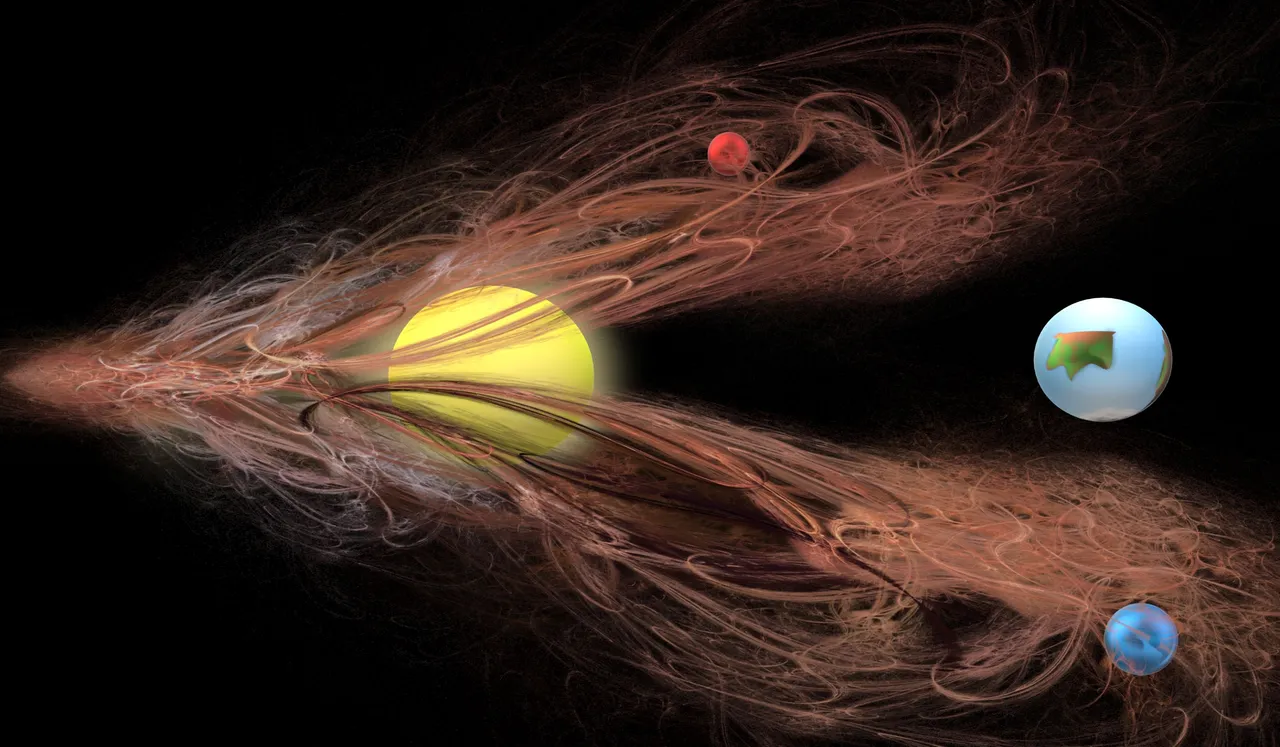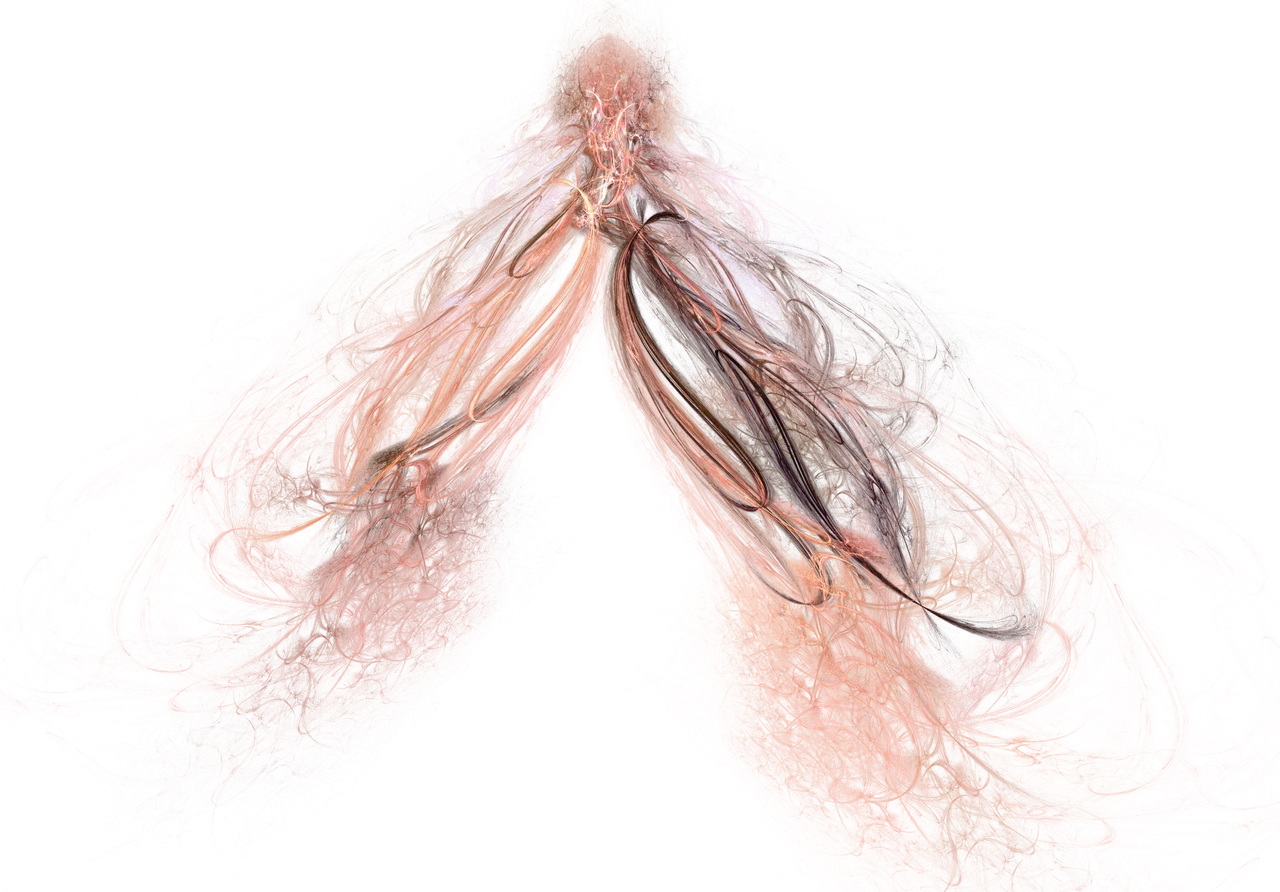
The best-laid plans of mice, men, captains, business magnates, and admirals go astray when interstellar events of mythological proportions occur.
Their Highnesses Shaaka and Shaain iMaru of the Ninth Majestical House of the Uppaaimar – incognito still to most of humanity at that time – had come from several galaxies over not only to attend my uncle's wedding, but to remind him of a conversation they had all had some months earlier.
“You had asked me why the survivors of the Uppaaimar had not settled down in the Scy 3 binary star system,” the princess said. “You shall see why after your honeymoon, Admiral Banneker.”
That was enough of a hint for my uncle to pass on to full fleet admiral Chenggis Chulalaangkorn, who, though skeptical, checked it out because of his faith in my uncle – and then called back.
“Both of those red supergiants are going,” he said. “Their cores are largely iron honeycombs with barely enough fuel left – regular instrumentation would not have picked it up on a casual view!”
And this is why Sultruviam coming into the Earth-led consortium when it did proved to be an extra blessing. Both Scy 3 stars went supernova on the same day, and we all had a fleet's eye view of the formation of what would be called the Scylla Supernova because of the fantastic tentacles that formed because of the angular momentum of both stars spiraling around each other even as they died, their two neutron stars continuing to perturb the gases and travel at tremendous orbital speeds.
Because both were so large, the combined visual nebula extended its “tentacles” over into the Khalsee subsystem just a light-month away, and Admiral Chulalaangkorn had to make some hard decisions there based on science that had not been tested before. There was only one habitable planet there, and there were some five billion people on it. However, because of where it sat in orbit, its yellow supergiant sun Khalsee directly between it and the supernova, Admiral Chulalaangkorn took a calculated risk and evacuated everybody in the vicinity to that planet.
Sure enough, Khalsee's immense size and gravity well formed a bifurcation of the “tentacles” overtaking the system, and Khalsee 3, the one habitable planet in the system, was spared unharmed, with everyone on it.
“In the story of Scylla and Charbydis in Greek mythology on Earth,” the two terrible sisters guarded a passage to an island that sailors wished to go to for refuge,” my uncle explained to our Sultruviam hosts. Unless the ship sailed exactly between them, Charbydis's suction of the water would be enough to take down the ship with everything on it, and Scylla, who was more industrious, would just reach out with her tentacles and pull the ship apart and eat everything on it alive. But if you could sail the path between them, you could come in and out of safe haven, because neither of the sisters could reach that far.
“Imagine being on a sailing ship, with winds changing, or even with oars, knowing that Scylla could grab an oar … that was a tough order for anyone who would dare that haven, but if you had no choice, you had to risk it.
“In Admiral Chulalaangkorn's considerations, there are five billion people on Khalsee 3, but also an additional several hundred million living and working and on trade routes in and around the system – much methane is obtained from Khalsee 2, and iron from Khalsee 1. Still in line with those deadly plumes would be Khalsee 4, 5, and 6, and all of them are going commercial concerns in this region of space. He and his fleet looked at the situation and realized: although the distances are much greater in space, Khalsee 3 sat in the exact bifurcation point that the gravity well of its star would make in all that energy – if everyone in the system could just get there, they had the best chance of safety. Big risk – flying toward the incoming blast of energy and all those x-rays and gamma rays – but big reward: Khalsee 3 has that misty blue look because it has a shield of water above its atmosphere that stops gamma rays and X-rays cold.
“By the time Khalsee 3's orbit carries it toward the upper plume of the supernova, much of that plume will have dissipated. It takes about four full Sultruviam orbits and about 3.2 Earth orbits for Khalsee 3 to get around its sun, so, everyone there is grounded in terms of space travel, but safe. The more advanced space fleets with higher-level shielding can fly into the safe space as well to deliver anything that may be needed in an emergency. Admiral Chulalaangkorn left many millions of tons of such supplies to be distributed on the planet, just in case.”
The Khalseeaans, impressed with the quick thinking and generosity of Admiral Chulalaangkorn, later would inquire of their neighbors the Sultruviamin about the consortium in whose fleet the admiral served. But, for the moment, everyone was content to be alive and well, and trade and fleet routes re-formed as necessary and went on.
“Well,” Aunt Almira said to Uncle Benjamin about it all, “those were some real fireworks for our honeymoon.”
“Yes, ma'am,” he said. “Not really what you want because Greek myth of that type is never fun when you run into its analog in real time, but, all's well that ends well!”
My Process as Author and Artist
When I as a child read a childhood version of the Odyssey, one of the things that stood out in my mind was the challenge of getting past Scylla and Charbydis. Odysseus eventually did it by realizing that Charbydis needed time to digest all that water ... she would take it in, hold it for some time, and then put it back out. He realized that he could sail all the way over to her side and be safe over the hours while she had water in, and so could make the passage from that side.
Gravity is the hidden Charbydis to this story -- the supernovas happen because their stars cannot resist gravity, but the remaining star's mass and gravity provide a calm place to sit in for the one planet that is sitting in just the right orbital spot as the "tentacles" of the supernova, representing Scylla, divide.
Scylla of the Stars is exactly one fractal, made in Apophysis 2.09:

The rest was just making and coloring 3D spheres and positioning them in and around the fractal, with a bit more drawing to be done to make a sun and third planet that would resemble those of our own Solar System just a bit, with "Halcyon," a time of rest from stormy weather granted by the Greek gods in winter, merging into "Khalseean."
So much for the main myth, but there is more, and we get there by considering the actual science. The safe distance from a supernova is considered to be 160 light-years. The idea that any planet could even survive at just a light-month away is a stretch, but, presuming a sufficiently large star in the path of the supernova, one might indeed find a desired haven. This further presumes that actually, the two Scy stars and Khalsee would be the in one of the rarest star formations in the galaxy: a loose ternary star system, with Khalsee doing its thing with its planets a bit more distant from the main two. For reference: the Solar System, counting the Oort Cloud, is 2-3 light-years in expanse, with the next nearest star, Proxima Centauri, another 1-2 light-years outside of that. Khalsee would be well inside the Solar System relative in position to our Sun, in a loose binary situation.
That gets us to even more myth to consider ... there is a legend that the Sun has a massive, dark companion star whose return on a loose binary type of orbit is going to cause all kinds of trouble ... and so, Khalsee and Khalsee 3 are really the Sun and Earth in that myth, at the beginning of their tale of having two dark companion stars of greater mass, two neutron stars that may merge and start all sorts of trouble ... but that would be another story!